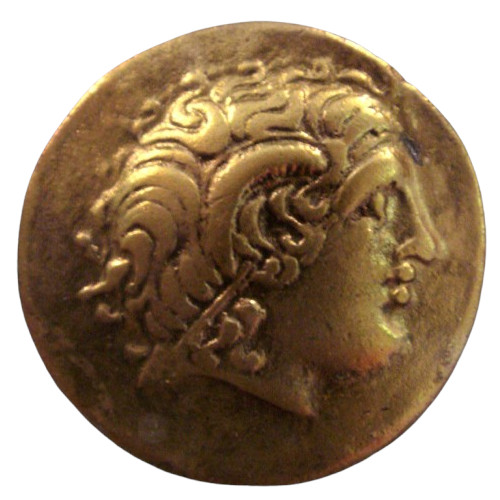
Dedicated for all DNA, Analysis Results, History, Research topics related to: Gallo-Celtic Sequani
The Sequani were a Gallo-Celtic tribe that thrived in eastern Gaul, in an area now part of modern-day France and Switzerland, during the late Iron Age. Renowned for their strategic mastery of the regions river valleys, including the vital artery of the Doubs River, their land was a nexus of rich trade routes that attracted commerce and cultural exchange. Notably, they were participants in the epic struggle against Rome during the Gallic Wars, aligning with other tribes under the leadership of the iconic Vercingetorix. Their capital, Vesontio, now Besancon, was a formidable stronghold that famously resisted Julius Caesar in 58 BC, though it eventually fell to Roman domination. The Sequani were also known for their distinctive art and craftsmanship, particularly in metalwork, which displayed intricate designs and high skill, reflecting their complex spiritual beliefs and social hierarchy. Despite their eventual integration into the Roman Empire, the legacy of the Sequani lingers in the archaeological remnants and cultural heritage of the region, showcasing their enduring influence.
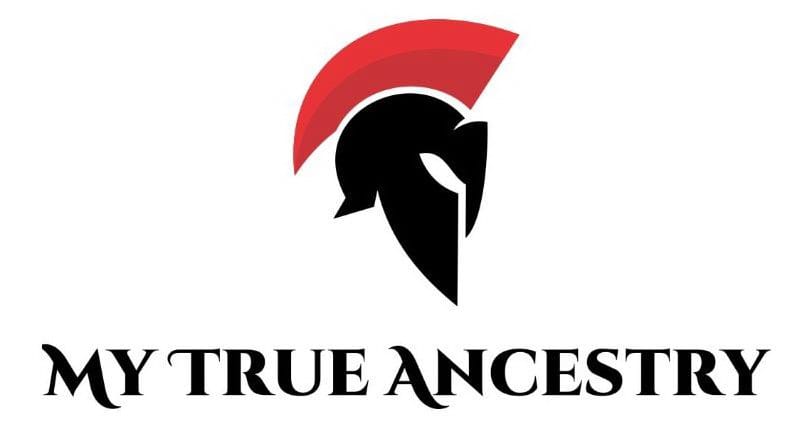
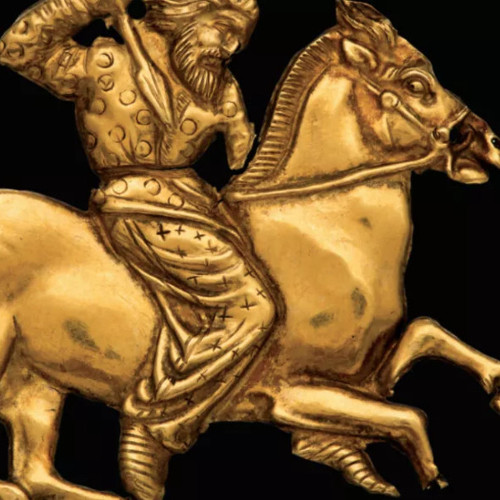
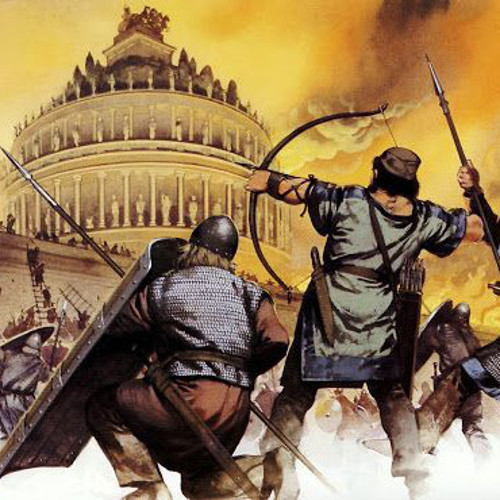
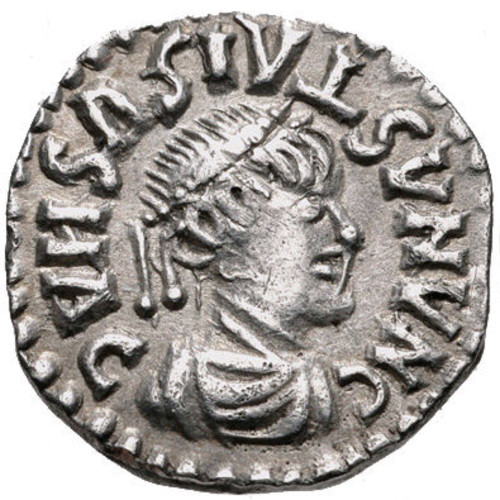


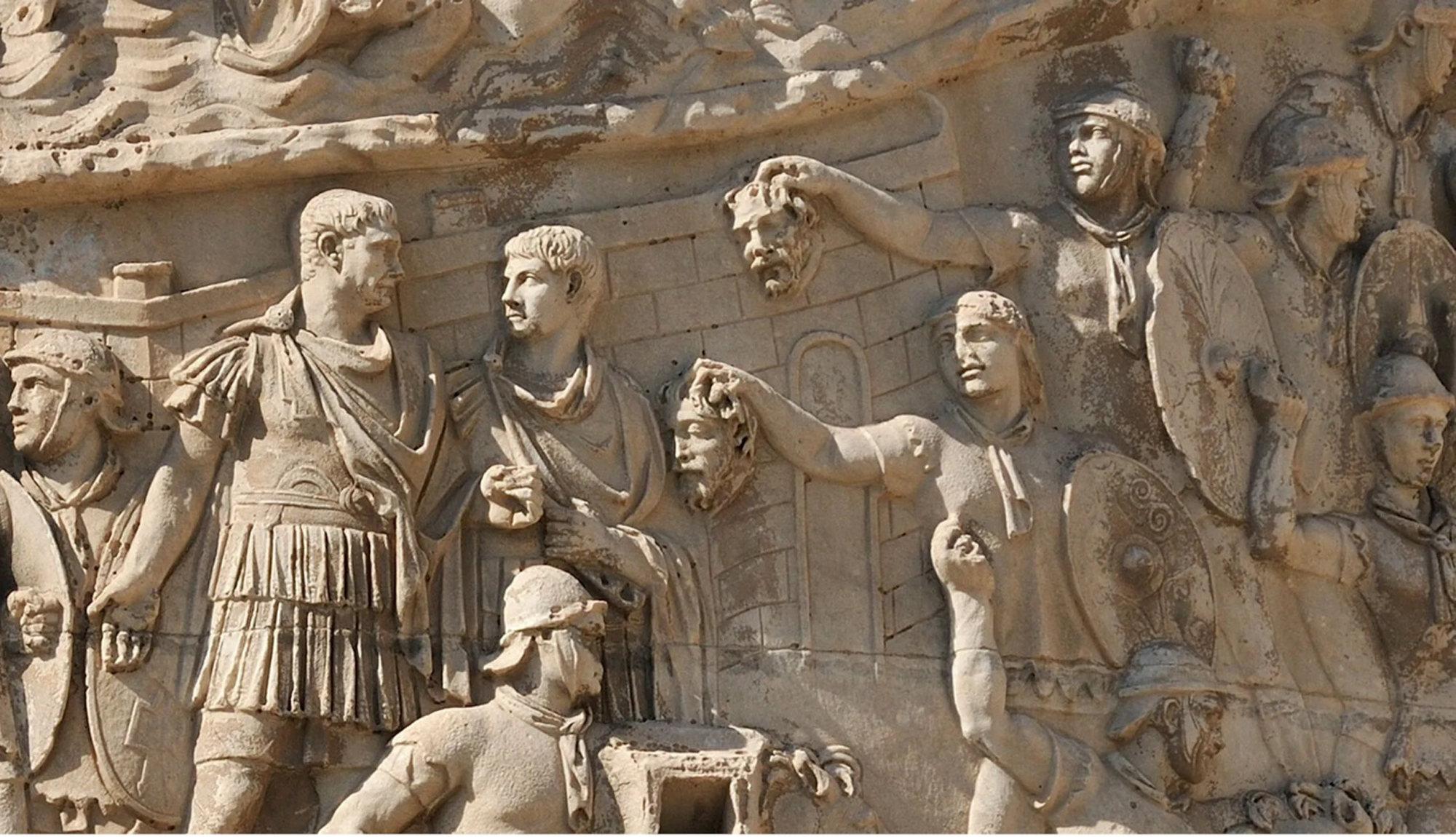
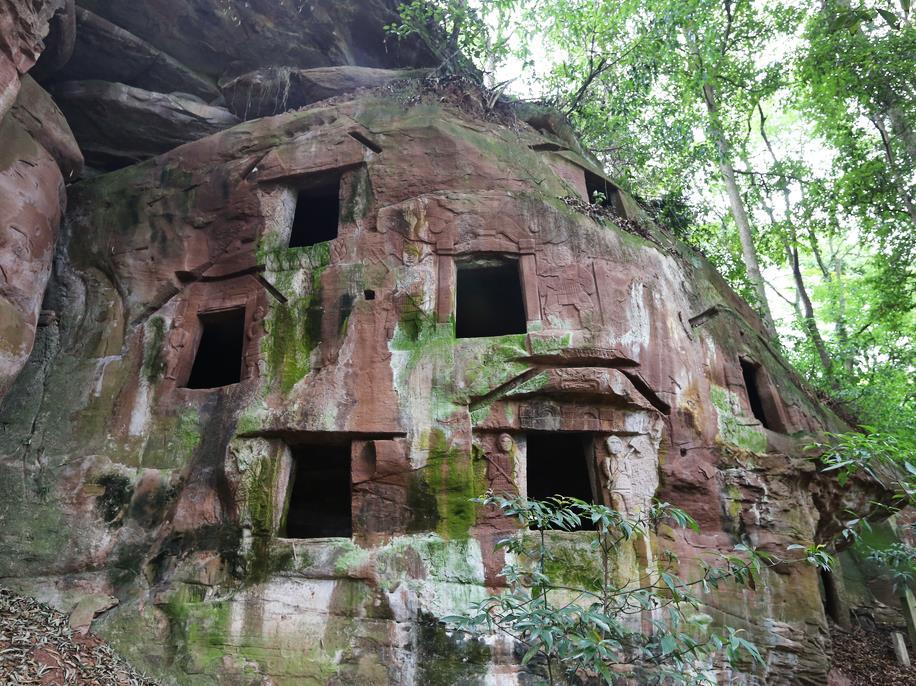


Comments